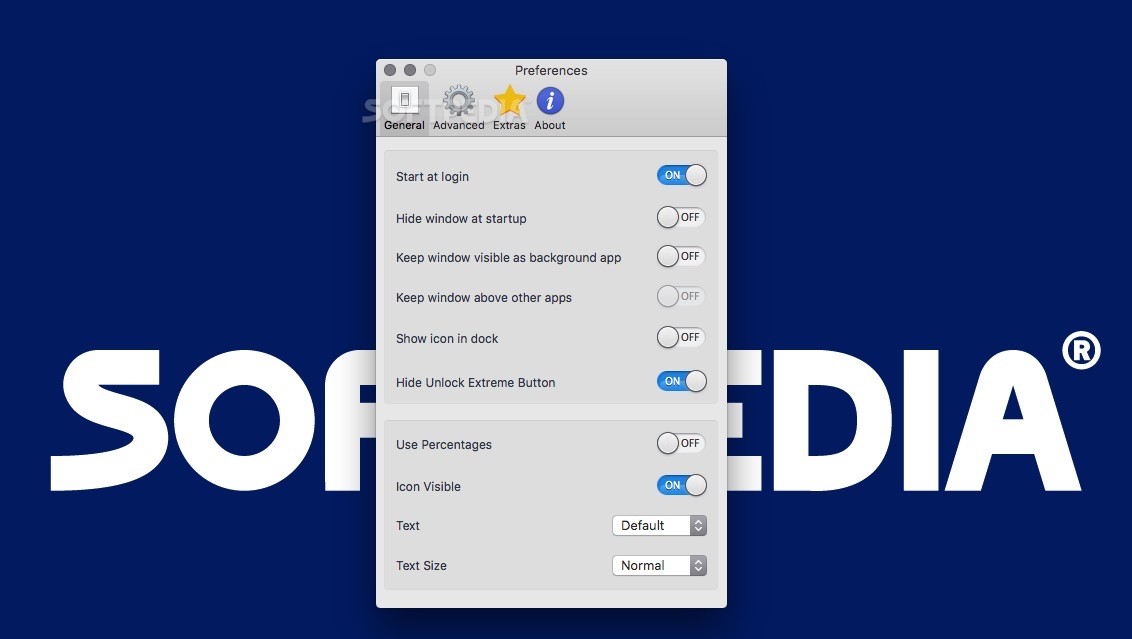


And instead of waiting for macOS to catch up with my disk space requirements, I can force the purging from the terminal. However, sometimes the purging doesn't happen to leave enough disk storage for my very large video files and I'll get a "not enough disk space" message. It also purges local backups if disk space starts to get too low. In fact, macOS High Sierra manages this disk usage seamlessly without user intervention. The reasoning behind this is that in the event the remote backup disk is not available or present, then you can recover files in spite of a missing remote backup disk and recover from the local disk. If you run Time Machine for backups over Wi-Fi like I do, then macOS High Sierra will simultaneous use your remote backup disk and your local disk to save backups to.
#Extreme memory clean mac how to#
How to determine if a lot of your disk space is being used by "System".But now we'll show you how to reclaim some of your disk space from your "System" disk usage. We have spoken about how to rid your computer from data noted in "other" which in short is space taken up by caches, plug-ins, and documents. Going to the macOS storage analyzer can be a mixed bag of easy to understand actions to reduce disk usage to cryptic descriptions that are more daunting to deal with. Having to play around with large video files can be a headache when my system has a blazingly fast SSD drive but is only 500GB in size.


 0 kommentar(er)
0 kommentar(er)
